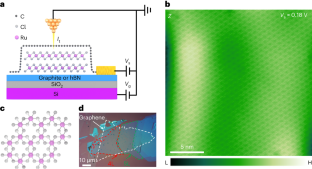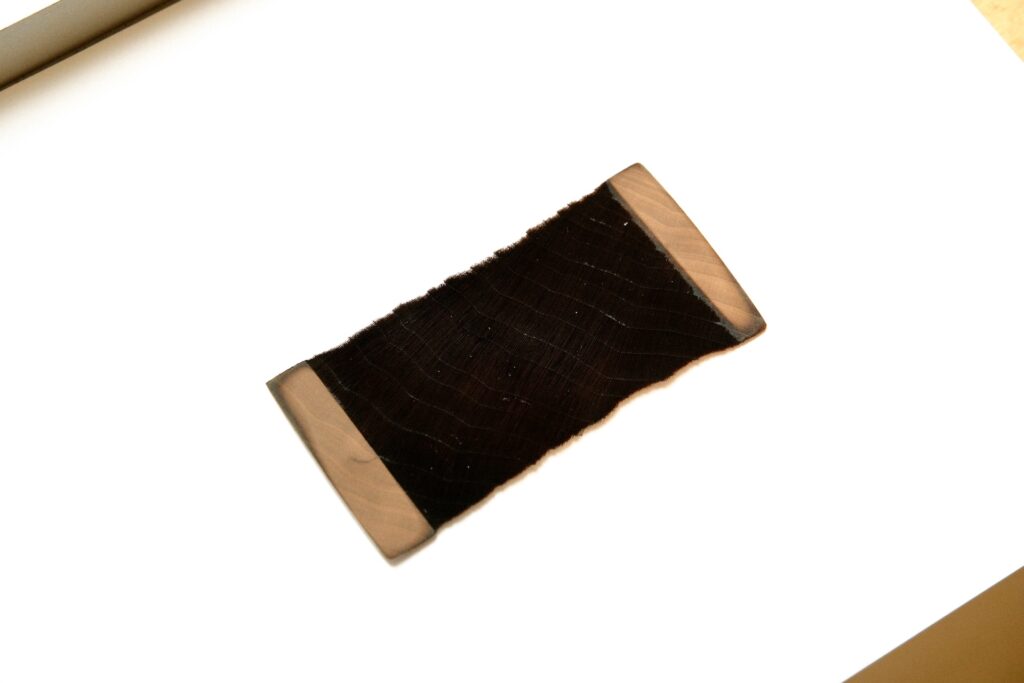2024-07-30 シンガポール国立大学(NUS)
<関連情報>
- https://news.nus.edu.sg/breaking-new-ground-electron-hole-crystals/
- https://www.nature.com/articles/s41563-024-01910-3
モット絶縁体における電子-正孔結晶の証拠 Evidence for electron–hole crystals in a Mott insulator
Zhizhan Qiu,Yixuan Han,Keian Noori,Zhaolong Chen,Mikhail Kashchenko,Li Lin,Thomas Olsen,Jing Li,Hanyan Fang,Pin Lyu,Mykola Telychko,Xingyu Gu,Shaffique Adam,Su Ying Quek,Aleksandr Rodin,A. H. Castro Neto,Kostya S. Novoselov & Jiong Lu
Nature Materials Published:03 June 2024
DOI:https://doi.org/10.1038/s41563-024-01910-3

Abstract
The coexistence of correlated electron and hole crystals enables the realization of quantum excitonic states, capable of hosting counterflow superfluidity and topological orders with long-range quantum entanglement. Here we report evidence for imbalanced electron–hole crystals in a doped Mott insulator, namely, α-RuCl3, through gate-tunable non-invasive van der Waals doping from graphene. Real-space imaging via scanning tunnelling microscopy reveals two distinct charge orderings at the lower and upper Hubbard band energies, whose origin is attributed to the correlation-driven honeycomb hole crystal composed of hole-rich Ru sites and rotational-symmetry-breaking paired electron crystal composed of electron-rich Ru–Ru bonds, respectively. Moreover, a gate-induced transition of electron–hole crystals is directly visualized, further corroborating their nature as correlation-driven charge crystals. The realization and atom-resolved visualization of imbalanced electron–hole crystals in a doped Mott insulator opens new doors in the search for correlated bosonic states within strongly correlated materials.



